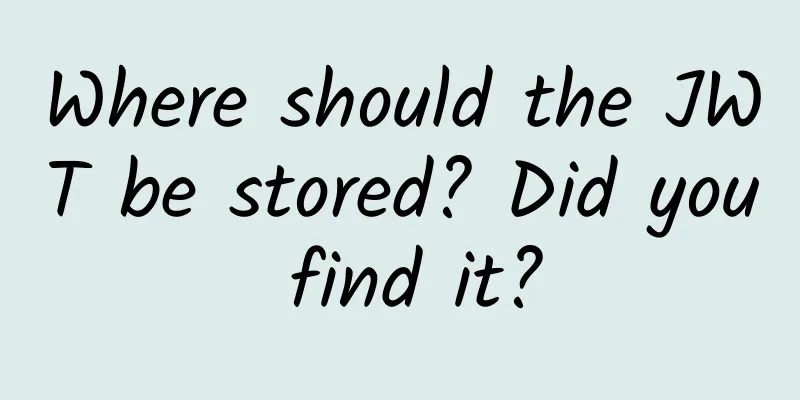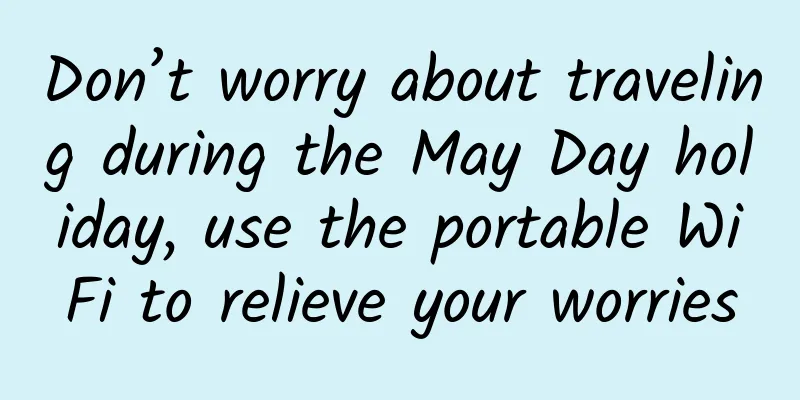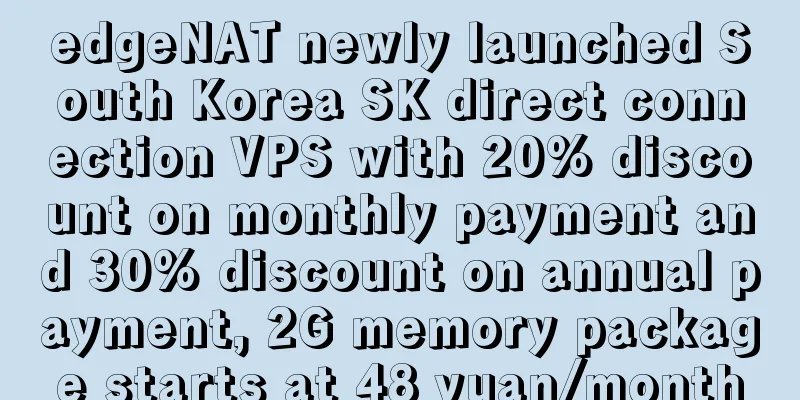Where should the JWT be stored? Did you find it?

|
I have used JWT as an authentication token in my projects in recent years. I have always had a question: where should the JWT issued by the server to the browser be stored? Here we only discuss the browser scenario, in which there are three options. CookieThe server can send the JWT token to the browser through Cookie. When the browser requests the server interface, it will automatically carry the JWT token in the Cookie header. The server can verify the JWT token in the Cookie header to achieve identity authentication. However, it is vulnerable to CSRF attacks. The solution is to set the SameSite attribute of the cookie to Strict. Cookies will not be sent across sites. In other words, cookies will only be sent if the URL of the current web page is consistent with the request target. Cookies are vulnerable to CSRF attacks as well as XSS attacks. Hackers can read the information in cookies through JS scripts. To prevent this, you can set the cookie attribute to HttpOnly.
You can set its lifetime by setting Max-Age. localStorageLocalStorage can also store JWT tokens, which is not vulnerable to CSRF. However, unlike cookies, it does not automatically carry the token in the request, and needs to be implemented through code. However, this will be vulnerable to XSS attacks. In addition, if the user does not actively clear the JWT token, it will be stored in localStorage forever. sessionStorageMost of the features of sessionStorage are similar to localStorage, but its life cycle is different from localStorage. It is session-level storage and will be cleared after closing the page or browser. SummarizeYou may notice that all 3 methods have the same disadvantage – “vulnerable to XSS attacks”. Please pay special attention to XSS prevention and always follow the best practices of XSS protection. in conclusionAll three forms are vulnerable to XSS attacks, so if you have high security requirements, you need to configure them specifically. Among the three methods, Cookie provides a bunch of security options, such as SameSite, HttpOnly, etc. Therefore, it is best to use Cookie. This article is reprinted from the WeChat public account "Coder Xiaopangge", which can be followed through the following QR code. To reprint this article, please contact the WeChat public account of Coder Xiaopangge. |
<<: Facing Huawei 5G, the United States is showing its hand
>>: Aruba Again Named a Leader in Gartner Magic Quadrant for WAN Edge Infrastructure
Recommend
Borei Data APM is compatible with Euler open source operating system to ensure developers' performance experience
On November 9, at the Operating System Industry S...
How to apply code intelligence technology to daily development?
01/ Let’s start with the developers’ worries When...
The “unlimited data” package is secretly deducting money, and even the Ministry of Industry and Information Technology can’t stand it anymore!
Living in this era of the Internet, where you can...
CloudCone Black Friday Pre-heating: $16.79/year - dual core, 1G memory, 30G hard drive, 3TB/1Gbps, Los Angeles data center
Although Black Friday is still a while away, Clou...
Five common OSPF problems
I am Man Guodong, a lecturer at 51CTO Academy. On...
HostYun: Hong Kong CN2 GIA line VPS monthly payment starts from 22 yuan, AMD+M.2 SSD high performance
Recently, someone is looking for a Hong Kong CN2 ...
6G is coming, how will the business change?
The next generation (6G) transmission technology ...
7 bond modes of Linux multi-NIC
Linux multi-NIC bonding There are seven network c...
Ovum Observation: SDN/NFV Significantly Reduces Time to Market for Services of Operators in Emerging Markets
Early morning news on January 11, for communicati...
How much does it cost to build a 5G base station?
Since the official announcement of commercial use...
Goodbye, 2G/3G is retiring
With the advent of the 5G era, there have been a ...
How to implement online documents for multi-person collaboration
Due to business needs, I came into contact with o...
Data Center Network Security Checklist Must-Haves
The cyber threat landscape is changing faster tha...
20% off for edgeNAT, 1G memory package in Korea/Hong Kong/US data center starts from 48 yuan per month
edgeNAT is a Chinese VPS hosting company, founded...
Three simple steps to prevent DNS hijacking
I clearly entered the website address of a portal...









